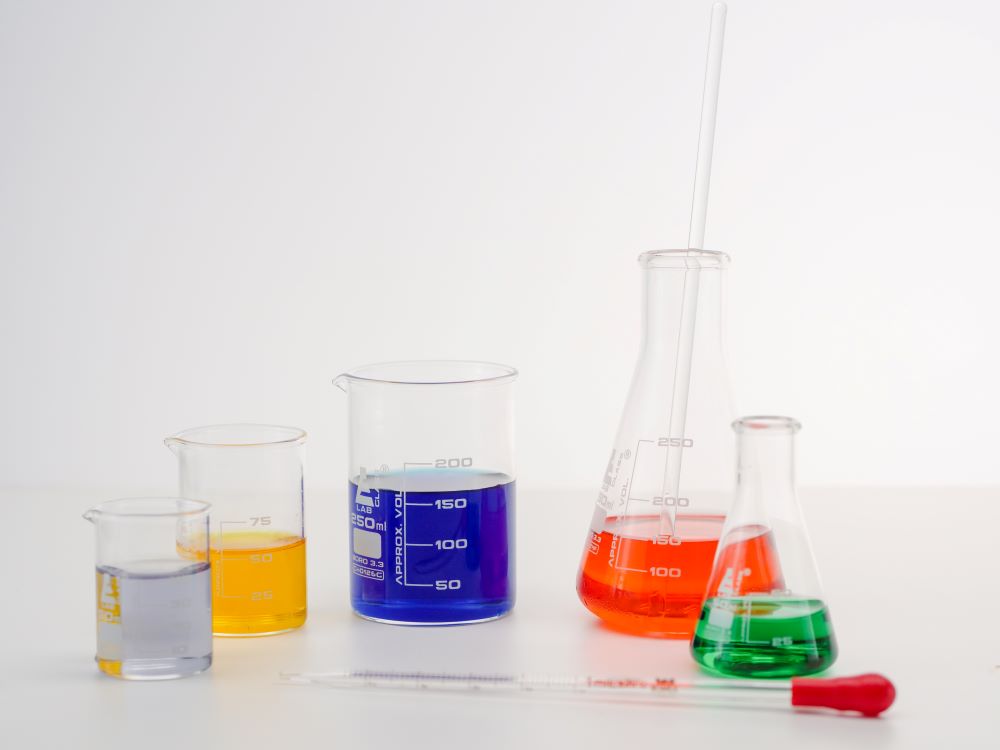Chlorinated ‘forever chemicals’ destroyed through reaction with sulfite and UV light.
As scientists look for ways to clean up “forever chemicals” in the environment, an increasing concern is a subgroup of these pollutants that contain one or more chlorine atoms in their chemical structure.
In a recent study published in the journal Nature Water, University of California, Riverside, environmental and chemical engineering Associate Professor Jinyong Liu and his UCR graduate student, Jinyu Gao, describe newly discovered chemical reaction pathways that destroy chlorinated forever chemicals and render them into harmless compounds.
Known formally as PFAS or poly- and per-fluoroalkyl substances, forever chemicals have been used in thousands of products ranging from potato chip bags, stain and water repellents used on fabrics, cleaning products, non-stick cookware, and fire-suppressing foams. They are so named because they persist in the environment for decades or longer due to their strong fluorine-to-carbon chemical bonds.
Chlorinated PFAS are a large group in the forever chemical family of thousands of compounds. They include a variety of non-flammable hydraulic fluids used in industry and compounds used to make chemically stable films that serve as moisture barriers in various industrial, packaging, and electronic applications.
Recent discoveries of previously unknown chlorinated PFAS pollutants in the environment are raising new concerns. For example, the U.S. Environmental Protection Agency reported discoveries of these pollutants in wells and tributaries to the Delaware River near a chemical plant in southwestern New Jersey.
Forever chemicals have seeped into groundwater supplies throughout the nation, and they have been linked to a host of ill health effects, including cancer, kidney disease, and hormone disruptions. The EPA is now promulgating new regulations to spur cleanups throughout the nation. Liu’s study used ultraviolet light and sulfite to cleave the chlorine-to-carbon bonds. This set off a chain of chemical reactions that also cleaved carbon-to-carbon and carbon-to-fluorine bonds, which is critical for rapid and near-complete defluorination of PFAS compounds needed for pollution cleanup efforts.
“Our team is examining more pathways and strategies for PFAS degradation, and our ultimate goal is to cut all of the carbon-fluorine bonds to completely detoxify the PFAS pollutants,” Liu said.
Click here for more information photos and illustrations.
About UC Riverside
The University of California, Riverside is a doctoral research university, a living laboratory for groundbreaking exploration of issues critical to Inland Southern California, the state and communities around the world. Reflecting California’s diverse culture, UCR’s enrollment is more than 26,000 students. The campus opened a medical school in 2013 and has reached the heart of the Coachella Valley by way of the UCR Palm Desert Center. The campus has an annual impact of more than $2.7 billion on the U.S. economy. To learn more, visit www.ucr.edu.


Join the conversation!